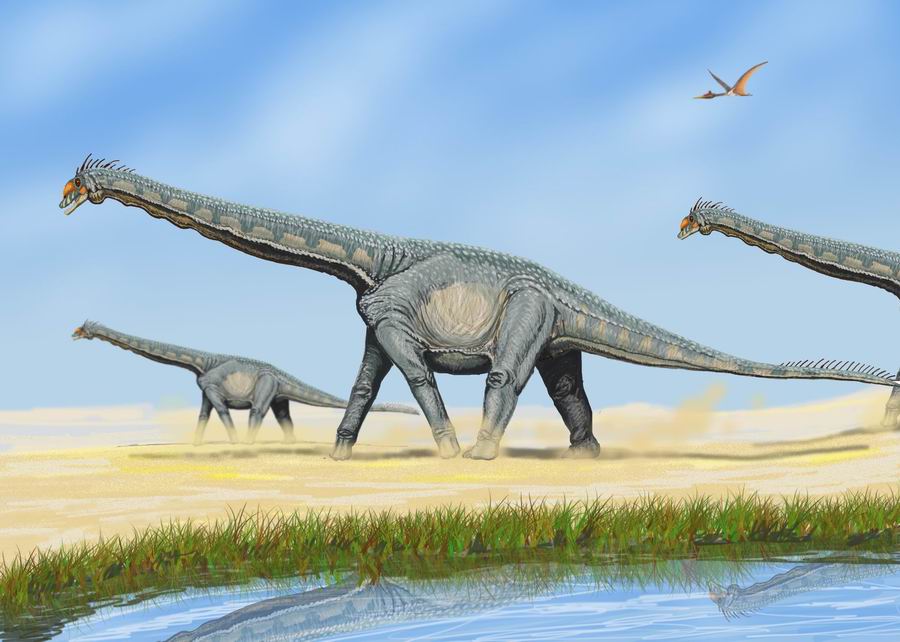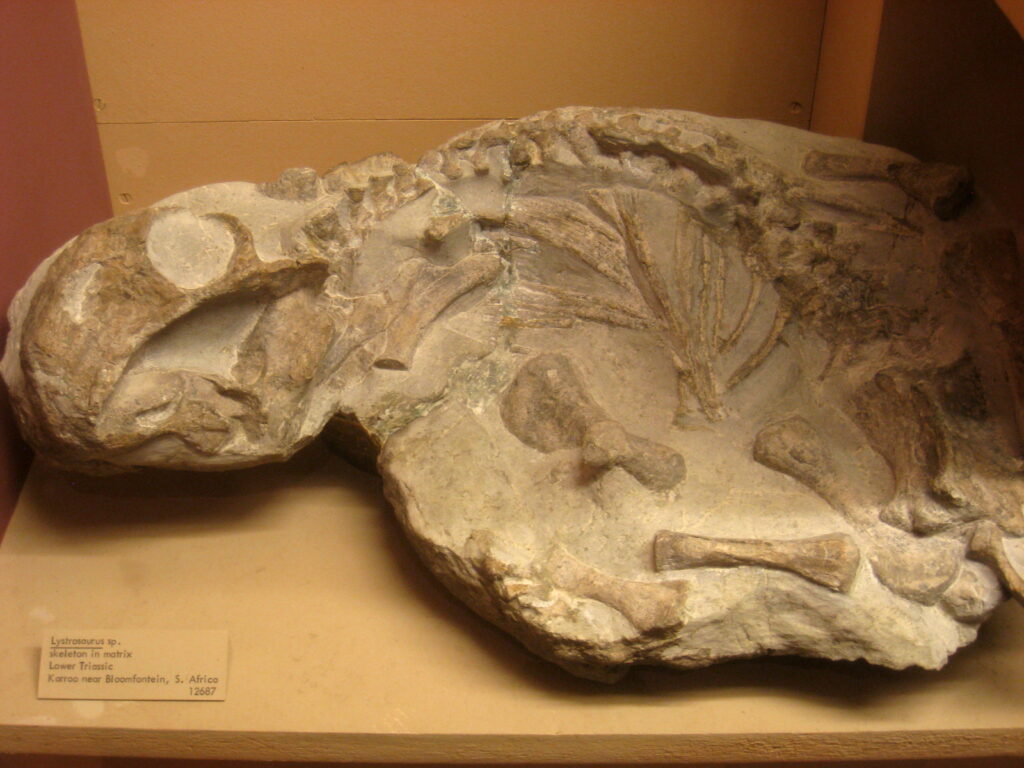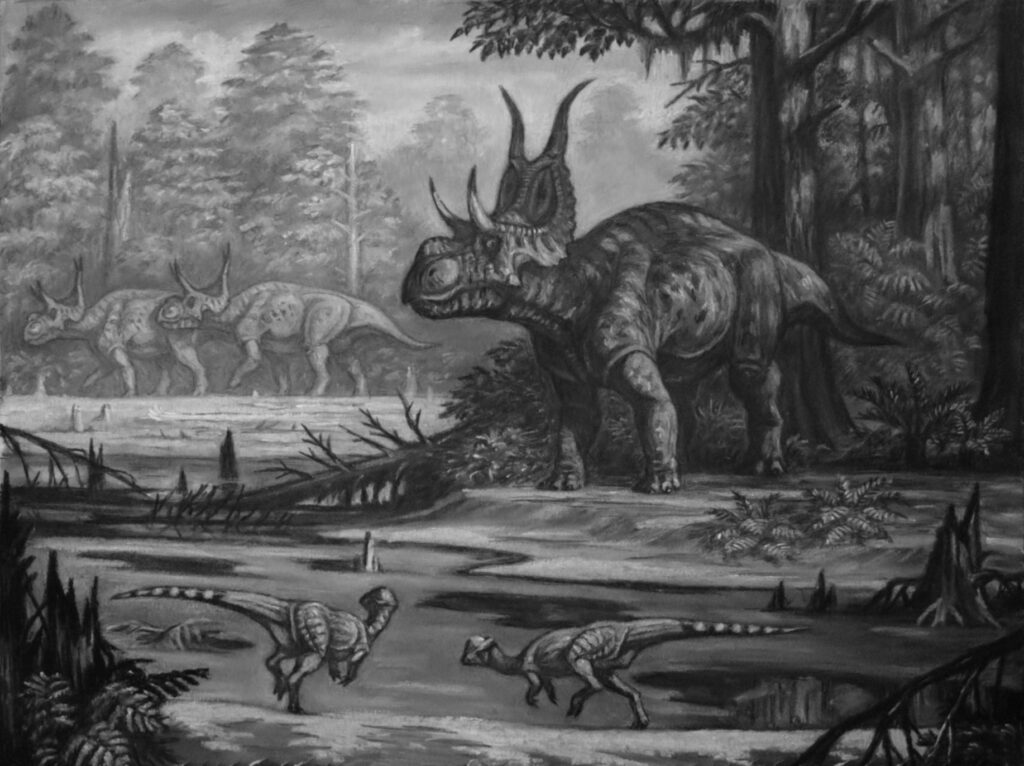For over a century, paleontologists have worked diligently to reconstruct the lives of dinosaurs beyond just their physical appearance. One of the most fascinating questions about dinosaur behavior concerns their social structures – specifically, did these magnificent creatures move together in organized groups like modern elephants? Recent fossil discoveries and advanced analytical techniques have revolutionized our understanding of dinosaur social behavior, suggesting that many species indeed exhibited complex herd behaviors. This article explores the compelling evidence for dinosaur herding, the species that likely participated in this behavior, and what these social structures might have looked like in the ancient world.
The Evidence for Dinosaur Herding Behavior

The concept of dinosaurs traveling in herds isn’t mere speculation but is supported by substantial fossil evidence discovered across the globe. Mass bone beds, where multiple individuals of the same species are found together, provide one of the strongest indications of herding behavior. These sites, such as the famous Centrosaurus bone bed in Dinosaur Provincial Park in Alberta, Canada, contain thousands of individuals that appear to have died together, possibly during a catastrophic event like a flood. Trace fossil evidence, including multiple parallel trackways moving in the same direction, further reinforces the theory that many dinosaur species traveled together. Additionally, nesting colonies discovered in places like Montana and Argentina suggest some dinosaurs not only traveled together but also nested communally, much like modern colonial birds.
Which Dinosaur Groups Showed Herding Tendencies?

Herding behavior appears to have been particularly common among certain dinosaur groups, with compelling evidence found across both herbivorous and carnivorous species. Ceratopsians, the horned dinosaurs like Triceratops, have left extensive fossil records indicating large group congregations. Hadrosaurs (duck-billed dinosaurs) have perhaps the strongest evidence for herding, with massive bone beds containing thousands of individuals found in multiple locations. Sauropods, the giant, long-necked dinosaurs, likely traveled in family groups based on trackway evidence showing adults and juveniles moving together. Even some theropods (primarily carnivorous dinosaurs) appear to have exhibited social behavior, with sites containing multiple Allosaurus or Deinonychus individuals suggesting they may have hunted in packs. This wide distribution of herding behavior across different lineages indicates it was a successful survival strategy that evolved independently multiple times.
The Famous Maiasaura Discovery
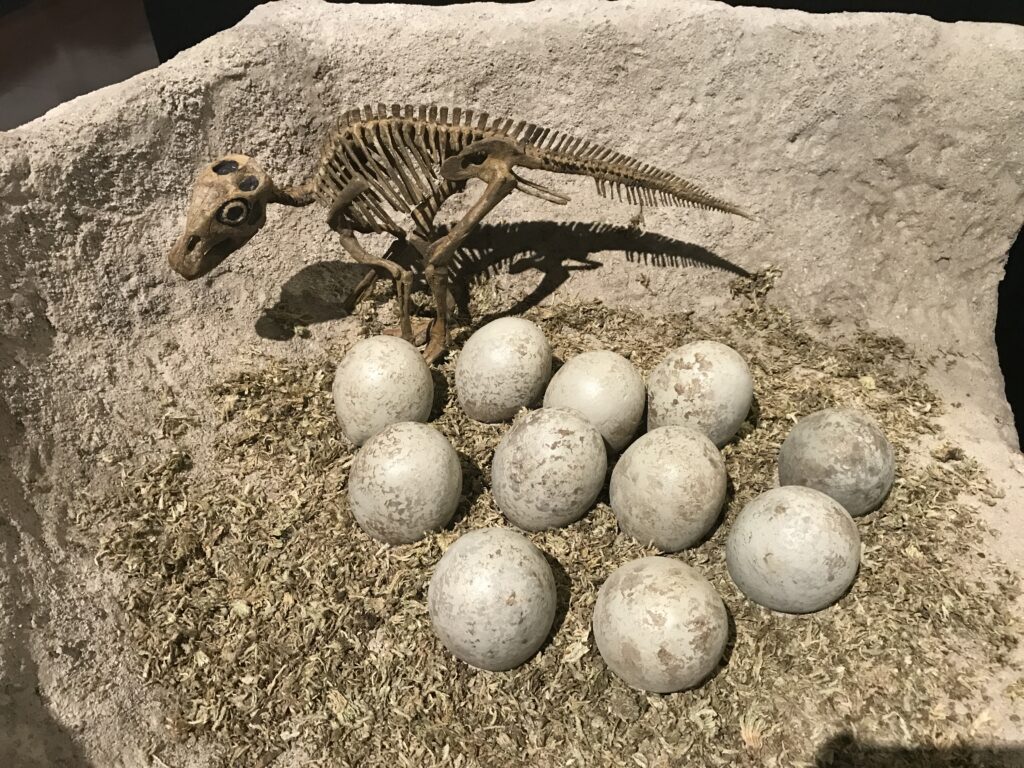
The discovery of Maiasaura (meaning “good mother lizard”) nesting grounds in Montana during the 1970s revolutionized our understanding of dinosaur social behavior. Paleontologist Jack Horner uncovered a remarkable site containing over 200 individual nests, adults, and hatchlings of this duck-billed dinosaur species. The site revealed that Maiasaura nested in colonies, with nests spaced about seven meters apart, suggesting a balance between protection and avoiding overcrowding. Evidence of trampled vegetation and dinosaur droppings indicated these dinosaurs maintained their nesting grounds over extended periods. Most significantly, the discovery of hatchling bones with partially worn teeth suggested the parents brought food to the nest rather than the young immediately fending for themselves. This comprehensive evidence painted a picture of complex social behavior, including parental care and community living, dramatically changing the perception of dinosaurs as solitary, cold-blooded reptiles.
Trackway Evidence: Frozen Moments of Behavior
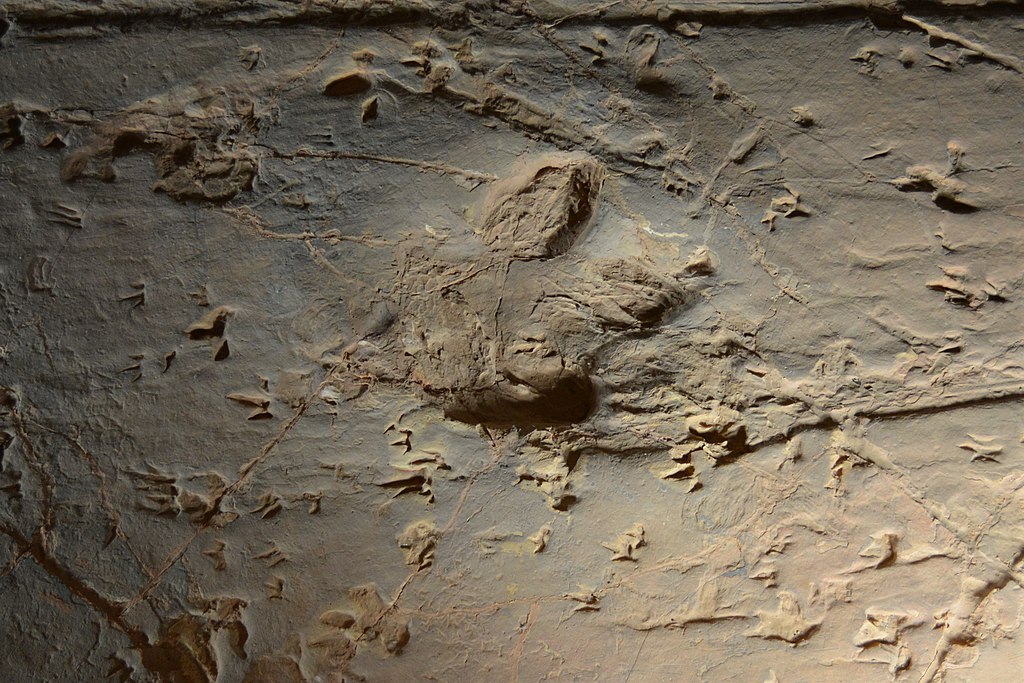
Dinosaur footprints provide a unique window into behavior that fossilized bones alone cannot offer—they capture moments of movement, interaction, and daily life. Multiple trackway sites around the world show parallel footprints of the same species moving in coordinated directions, strongly suggesting synchronized group movement. In Portugal, sauropod trackways show evidence of adult dinosaurs walking on the outside of groups with juveniles protected in the center—a defensive formation similar to that used by modern elephants. A remarkable set of tracks in South Korea shows over 100 individual Minisauripus (a small theropod) moving together in the same direction, potentially representing a flock-like grouping. These “frozen moments” in time provide compelling evidence that dinosaurs coordinated their movements in ways similar to modern herding animals, rather than moving as solitary individuals. The spacing and orientation of these tracks often indicate intentional, coordinated movement rather than coincidental gatherings.
The Benefits of Herding for Dinosaurs
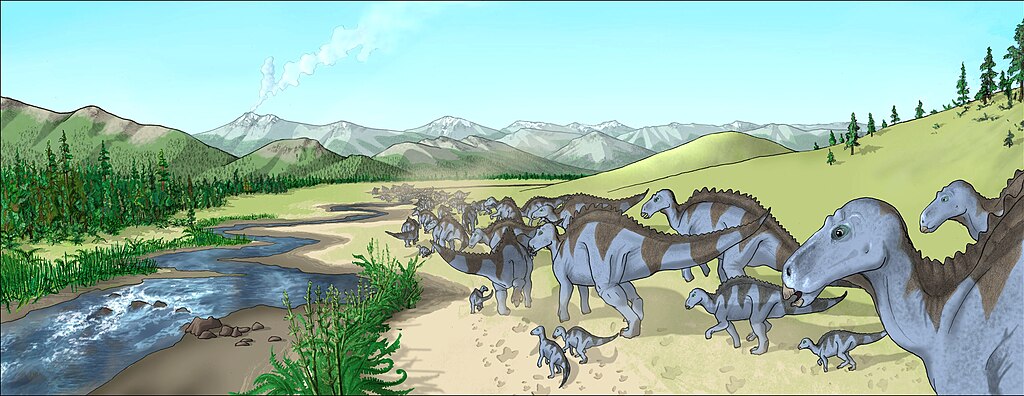
The evolution of herding behavior among diverse dinosaur species suggests this social structure offered significant survival advantages in the Mesozoic world. Protection from predators stands as perhaps the most obvious benefit, as large groups provide more eyes to spot danger and more bodies to confuse attackers, similar to how modern zebras use their collective patterns to visually confuse lions. For massive sauropods, traveling in herds may have created a formidable defense against even the largest predators like Tyrannosaurus rex or Giganotosaurus. Efficient foraging would have been another advantage, as groups could collectively locate food sources and potentially migrate to follow seasonal vegetation patterns. Reproductive benefits likely included better protection of vulnerable young and possibly cooperative care in some species. Additionally, herding may have facilitated knowledge transfer between generations, with younger dinosaurs learning migration routes, feeding grounds, and predator avoidance strategies from more experienced adults—a behavior observed in modern elephants and other social mammals.
Comparing Dinosaur and Elephant Herding
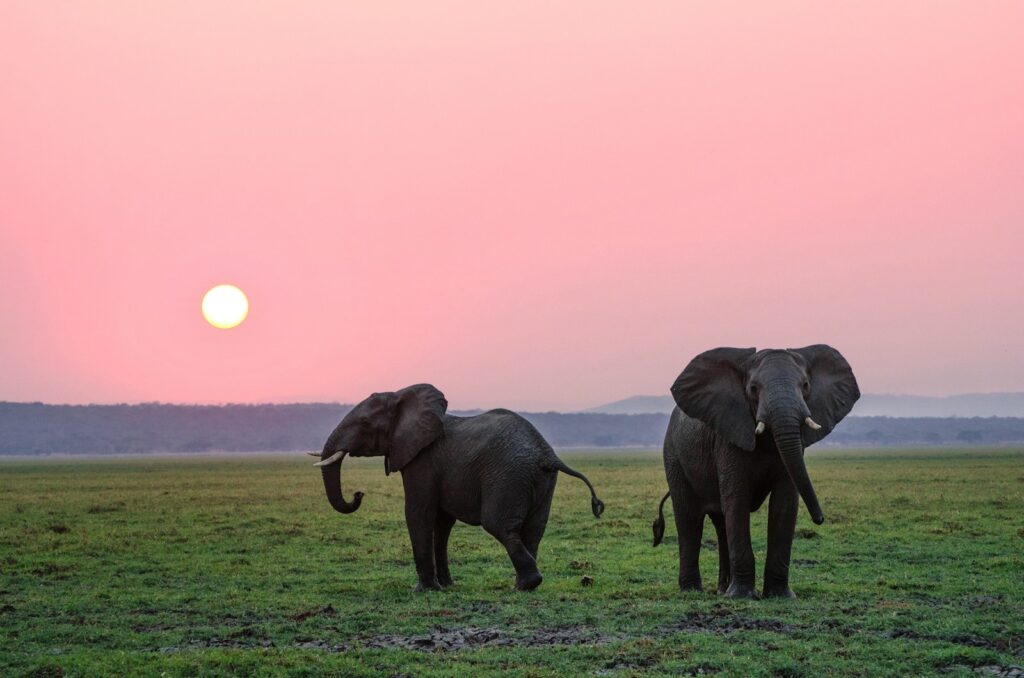
Modern elephant herding behavior provides a compelling analog for understanding potential dinosaur social structures, with both representing large-bodied, long-lived animals with similar ecological roles. Elephant herds typically organize around matriarchal family units led by experienced females, with males often living separately or on the periphery of groups after reaching maturity. Evidence suggests some dinosaur species, particularly hadrosaurs and ceratopsians, may have maintained similar sex-segregated structures, based on differences in bone bed compositions found at different sites. Elephants demonstrate sophisticated social behaviors like mourning their dead, protecting vulnerable members, and passing knowledge across generations—behaviors that may have parallels in dinosaur societies. Both groups appear to use similar defensive formations when threatened, with larger adults positioning themselves around juveniles. However, a key difference lies in their reproductive strategies, as elephants invest in a small number of offspring with extended care periods, while even the most attentive dinosaur parents likely produced many more eggs with somewhat shorter care periods.
Sauropods: Giants That Traveled Together
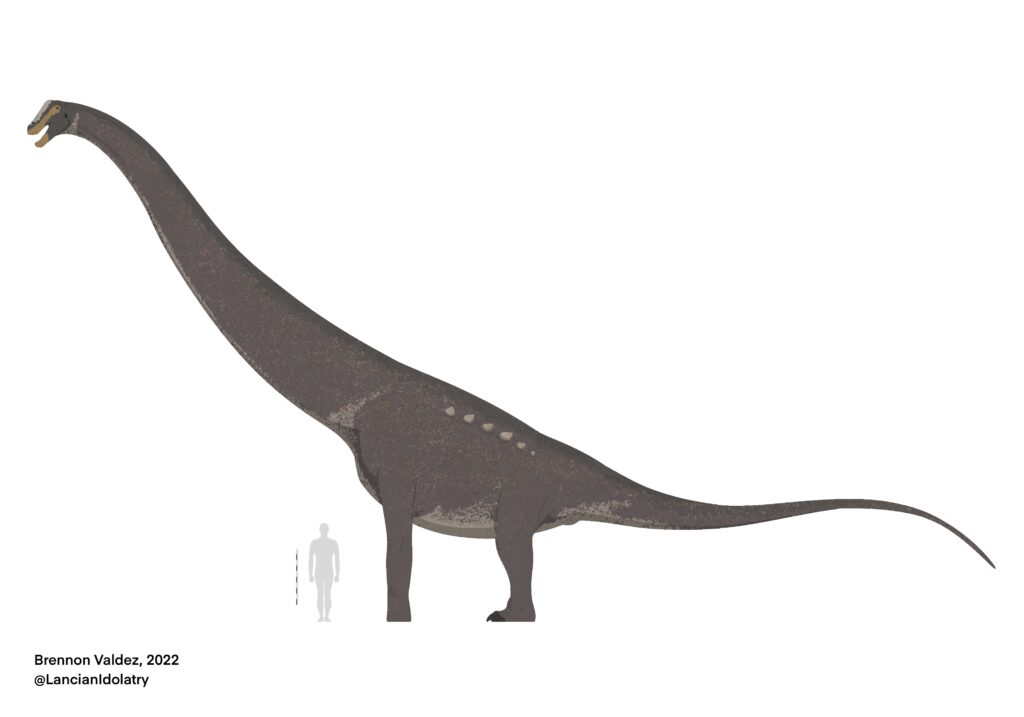
The immense sauropods—the largest land animals ever to walk the Earth—appear to have been surprisingly social creatures despite their massive size. Multiple trackway sites across the globe show evidence of sauropod groups moving together in coordinated patterns, including a famous site in Bolivia showing tracks from at least twelve individual titanosaurs walking in the same direction. Age segregation appears in some sauropod track assemblages, with different-sized footprints suggesting adults and juveniles traveled separately, possibly because younger individuals couldn’t keep pace with adult migration speeds. The Howe Quarry in Wyoming contains the remains of dozens of individual diplodocid sauropods preserved together, suggesting they died as a social group. This social behavior may have been particularly beneficial for sauropods, as their enormous size made adults virtually immune to predation when grouper, while their vulnerable young gained protection within the herd structure. Fossil evidence also suggests that sauropods may have gathered at specific locations for nesting, creating colonial breeding grounds similar to those seen in modern sea turtles.
The Case of Ceratopsians: Horned Dinosaurs in Groups
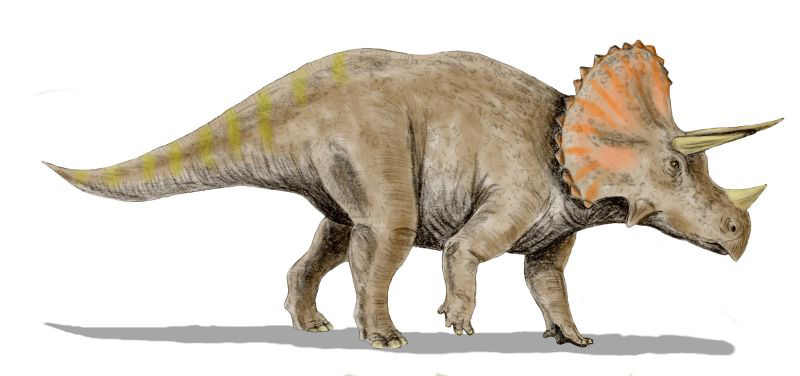
Ceratopsians like Triceratops and Centrosaurus have left compelling evidence of complex social structures and potential herding behavior throughout their fossil record. The most dramatic example comes from Centrosaurus bone beds in Alberta, Canada, where thousands of individuals appear to have perished together while crossing a flooded river—a catastrophe that would only affect such large numbers if they were traveling as a cohesive social unit. The elaborate frills and horns that define this dinosaur group likely served multiple purposes, including species recognition within large mixed herds and visual dominance displays to establish social hierarchies within groups. Growth studies on ceratopsian bones suggest they may have exhibited dramatic changes in frill and horn morphology as they aged, potentially signaling their social status within the herd. Interestingly, different ceratopsian species often lived in the same environments without apparent competition, suggesting they may have segregated into separate herds based on species recognition signals, similar to how different antelope species on the African savanna form separate herds despite sharing the same habitat.
Hadrosaurs: The Ultimate Herding Dinosaurs
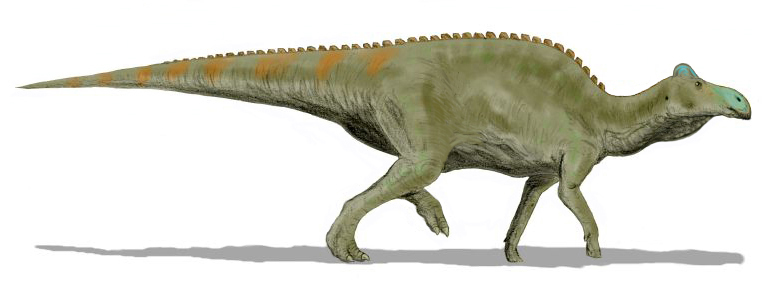
Duck-billed hadrosaurs have provided some of the most extensive evidence for complex social behavior among dinosaurs, earning them recognition as the “cows of the Cretaceous.” Massive hadrosaur bone beds containing thousands of individuals have been discovered across North America and Asia, including a remarkable site in Alberta containing over 10,000 Edmontosaurus specimens that appears to represent a catastrophic mass death event. Growth studies on hadrosaur bones indicate these animals grew quickly and may have traveled in age-segregated groups, with different fossil assemblages showing predominantly juvenile or adult specimens. The elaborate head crests found in many hadrosaur species, such as Parasaurolophus and Corythosaurus, likely served as visual and acoustic signaling devices to maintain contact within large herds and establish social hierarchies. Their sophisticated dental batteries, capable of processing large quantities of tough plant material, would have enabled hadrosaurs to efficiently exploit vegetation in large numbers without quickly depleting resources. This combination of social behavior and feeding efficiency may explain why hadrosaurs became one of the most successful and diverse dinosaur groups of the late Cretaceous period.
Did Carnivorous Dinosaurs Hunt in Packs?

While evidence for herding among herbivorous dinosaurs is substantial, the question of whether carnivorous dinosaurs hunted cooperatively remains more contentious among paleontologists. The discovery of multiple Deinonychus specimens associated with a single Tenontosaurus prey animal suggests these raptor-like dinosaurs may have hunted in coordinated groups to take down prey much larger than themselves. Similar evidence comes from sites containing multiple Allosaurus individuals, including the Cleveland-Lloyd Dinosaur Quarry in Utah, which has yielded over 46 Allosaurus specimens of various ages. A remarkable site in Argentina contains multiple specimens of Mapusaurus, a giant carnivore related to Giganotosaurus, suggesting these massive predators may have hunted in social groups to take down the enormous sauropods of their environment. However, some paleontologists caution that these assemblages could represent scavenging aggregations or coincidental deaths rather than true pack behavior. The relative brain size and complexity of certain theropods, particularly dromaeosaurs like Velociraptor, suggest they possessed the cognitive capacity for coordinated hunting strategies similar to modern wolves or lions.
Migration Patterns: Did Dinosaurs Travel Seasonally?

The question of dinosaur migration remains one of the most intriguing aspects of potential herding behavior, with growing evidence suggesting many species undertook seasonal journeys. Isotope analysis of teeth and bones can reveal changes in water and food sources that indicate movement across different environments during an animal’s lifetime. Studies of hadrosaur and ceratopsian teeth from Alberta show seasonal variation consistent with annual migrations between coastal and inland environments. The famous “Two Medicine” formation in Montana preserves evidence of seasonal dinosaur presence, with certain species only appearing in fossil layers representing specific seasons. Some trackway evidence suggests coordinated movement of large groups in particular directions that would be consistent with migratory behavior. These seasonal movements would have likely followed patterns of vegetation growth or climate conditions, similar to the migrations seen in modern African elephants or wildebeest. For high-latitude dinosaurs living in regions with dramatic seasonal changes in daylight and temperature, such as those found in ancient Alaska or Antarctica, migration may have been essential for survival during harsh winter months.
Social Hierarchy and Communication in Dinosaur Herds
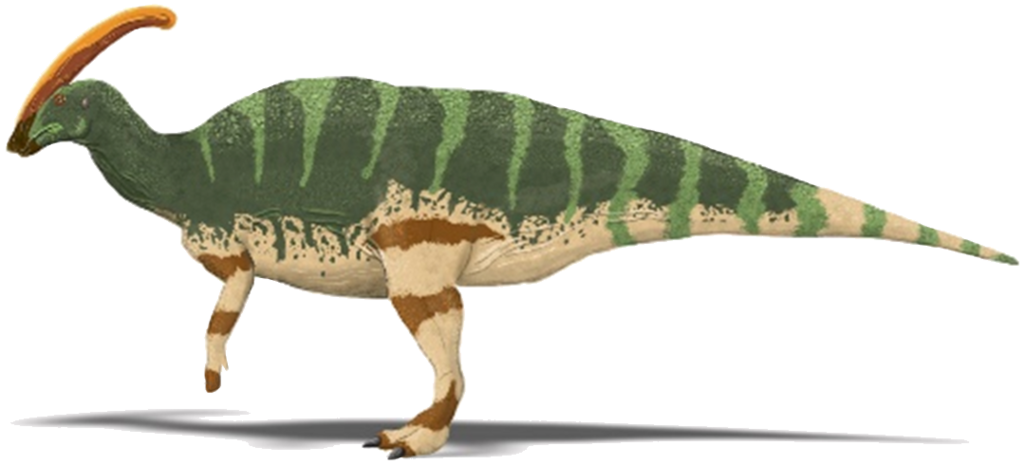
For dinosaurs to maintain cohesive herding behavior, they would have required methods of communication and social organization similar to those observed in modern herd animals. The elaborate crests, frills, horns, and other display structures found in many dinosaur species likely served important social signaling functions within herds. Lambeosaurine hadrosaurs like Parasaurolophus possessed hollow crests that could have produced low-frequency sounds capable of traveling over long distances, potentially helping to maintain contact within sprawling herds. Studies of dinosaur inner ear structures indicate many species had hearing ranges well-suited for detecting the low-frequency vocalizations that would be useful for herd communication. Social displays using colorful features (which rarely fossilize but were likely present) might have established dominance hierarchies or breeding status within groups. Potential evidence for leadership structures comes from trackway sites showing consistent spacing and organization, suggesting coordinated movement under social control rather than random aggregation. Like modern elephants, dinosaur herds may have been led by experienced older individuals who possessed crucial knowledge about migration routes, water sources, and feeding grounds.
Modern Technology Revealing Ancient Behaviors

Recent technological innovations have dramatically enhanced our ability to detect and interpret evidence of dinosaur social behavior beyond what traditional paleontological methods could reveal. Advanced CT scanning of fossil skulls has allowed researchers to create detailed models of dinosaur brains, revealing neurological structures that would support complex social interactions and group coordination. Chemical analysis of fossil bone microstructure can now identify stress markers that indicate seasonal changes, potential migration patterns, and even social stress indicators within populations. Sophisticated computer modeling of dinosaur biomechanics helps determine how quickly different-sized individuals could move, supporting theories about age-segregated herding in some species. Ground-penetrating radar and other remote sensing technologies allow paleontologists to detect potential fossil beds without excavation, leading to the discovery of more group assemblages that provide evidence of social behavior. Digital mapping of extensive trackway sites creates comprehensive visualizations of group movement patterns that would be difficult to discern when examining tracks individually in the field. These technological advances continue to provide new insights into dinosaur social behavior that would have been impossible just decades ago.
The Evolutionary Origins of Dinosaur Herding

The widespread evidence for social behavior across diverse dinosaur lineages raises intriguing questions about when and how herding behavior evolved in these animals. Some evidence suggests that social behavior may have deep roots in dinosaur evolutionary history, potentially extending back to their early ancestors. Fossil discoveries of Triassic dinosauromorphs (close dinosaur relatives occasionally show multiple individuals preserved together, hinting at possibly ancient origins for group behavior. The discovery of herding behavior in ornithischians, sauropodomorphs, and some theropods suggests that basic social tendencies might have been present in the common ancestor of all dinosaurs, later elaborating independently in different lineages. Alternatively, the similar ecological pressures of predator avoidance and efficient resource utilization may have driven the parallel evolution of herding behavior in multiple dinosaur groups independently. Interestingly, many modern birds (which are direct descendants of theropod dinosaurs) exhibit complex social behaviors, from the massive flocks of starlings to the sophisticated colonies of ravens, potentially representing the continued evolution of social tendencies that first appeared in their dinosaur ancestors millions of years earlier.
Conclusion

The evidence for dinosaur herding behavior has grown increasingly compelling through decades of paleontological research. From massive bone beds containing thousands of individuals to parallel trackways showing coordinated movement, the fossil record strongly suggests that many dinosaur species lived and traveled in cohesive social groups. This social behavior likely provided crucial advantages in predator defense, resource location, reproductive success, and knowledge transfer—benefits similar to those enjoyed by modern herding animals like elephants. While we may never observe a living dinosaur herd in motion, the cumulative evidence from multiple scientific approaches builds a convincing picture of dinosaurs as social creatures rather than solitary reptiles. This understanding not only transforms our perception of these ancient animals but also highlights the deep evolutionary roots of complex social behavior in vertebrate history, connecting the sophisticated social structures of modern birds and mammals with behavioral patterns that first emerged during the Mesozoic era.

